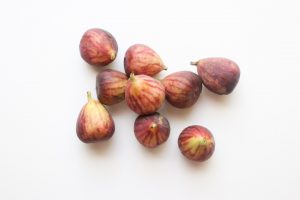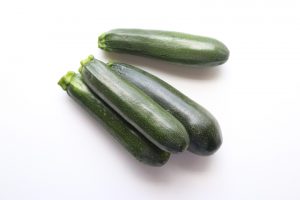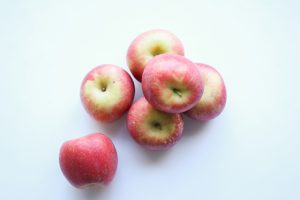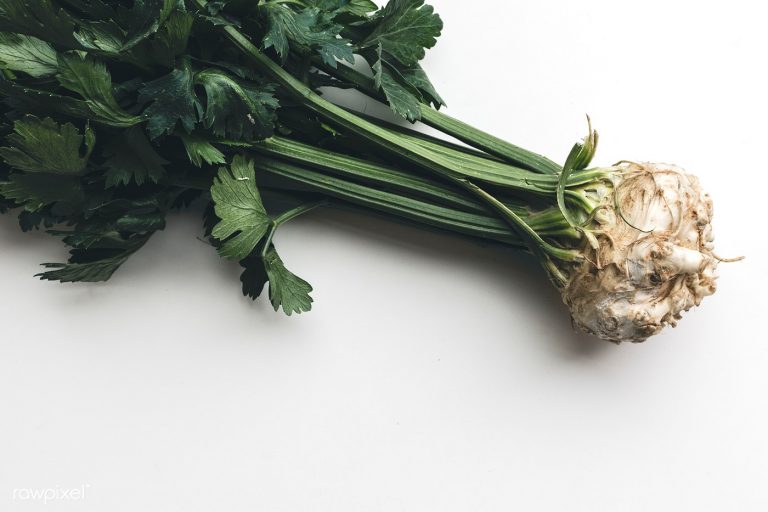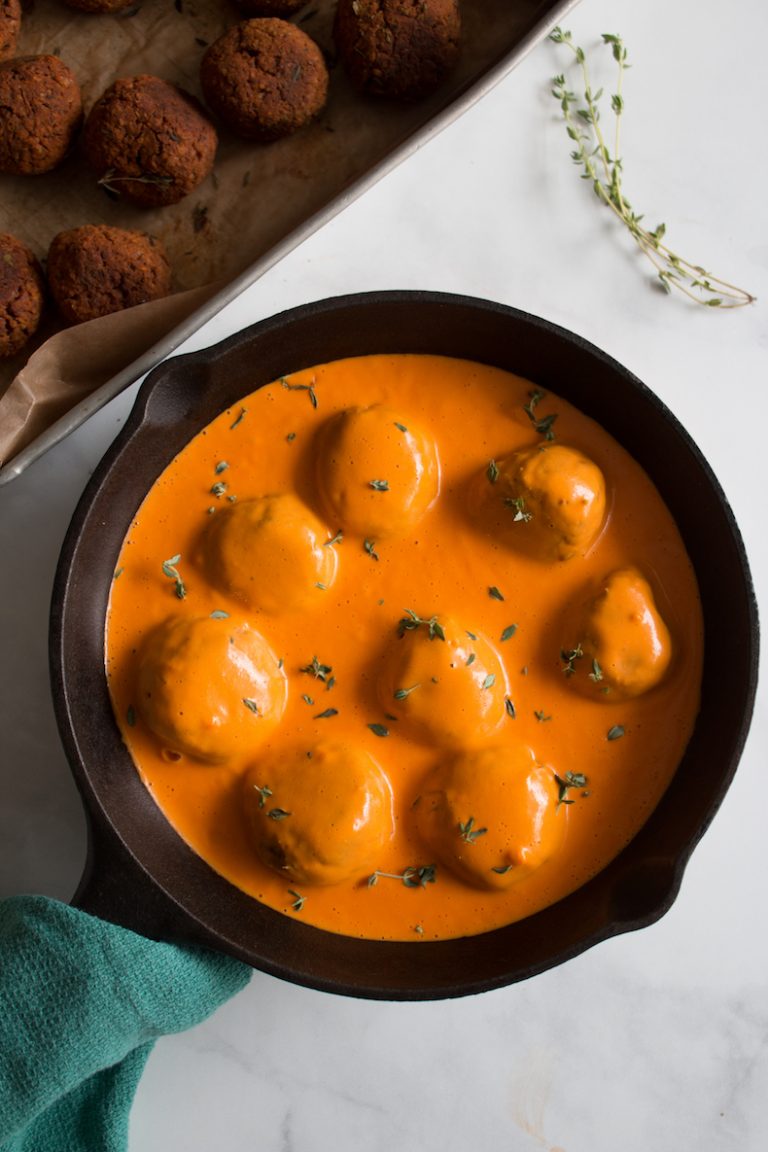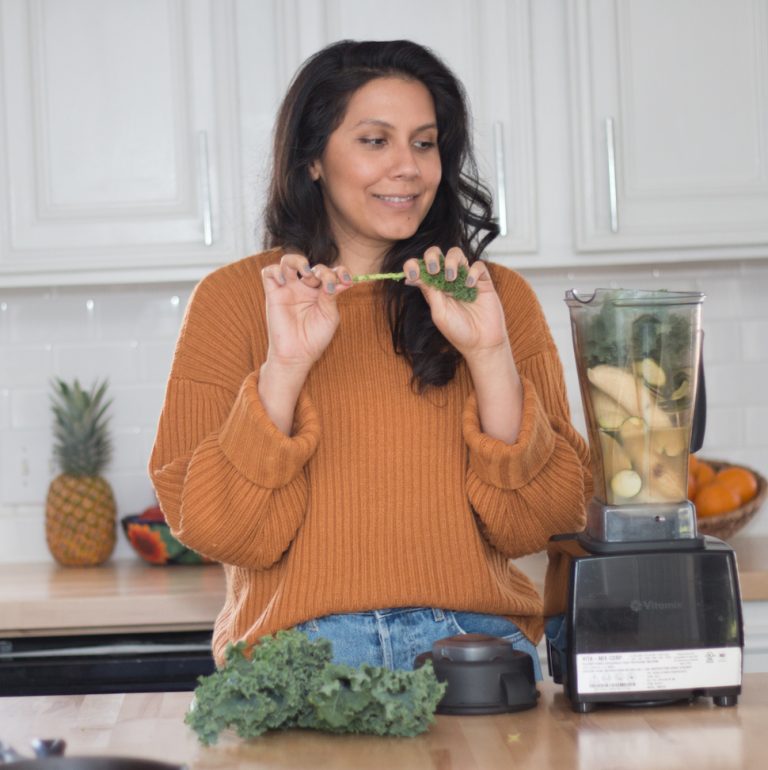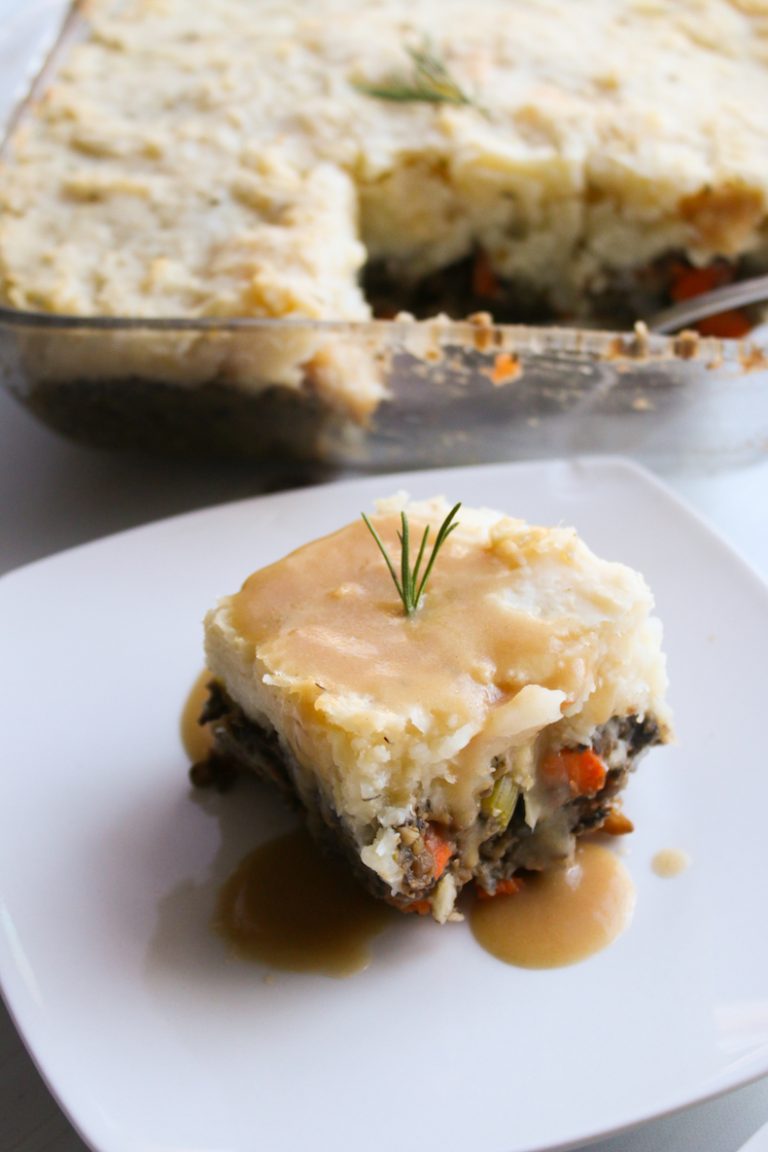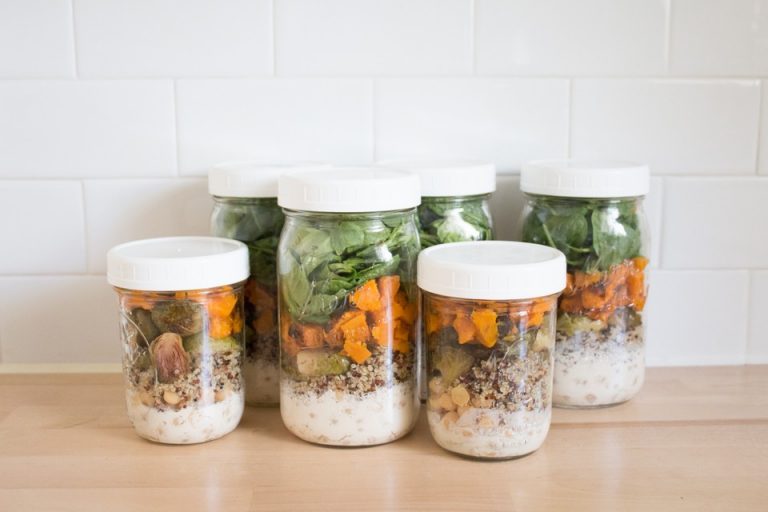My goal is that Live Simply Natural become a resource to help you feel empowered when making lifestyle and food choices. I’m a big believer that eating a well-balanced diet is the best way to optimize your health. So I’m breaking down everything you need to know to unlock the nutritional powerhouse of the most common whole food ingredients. Today I’m sharing one of our family’s favorites – BLUEBERRIES!
Produce Guide: Blueberries

Blueberries are one of the summer season’s most anticipated delights and are in their prime from June through August. When May hits usually my first thought is it’s time to go blueberry picking. Thankfully you can typically find blueberries all year round in the frozen section of the produce market. Versatile and sweet, they make a bright addition to any salad, sauces, smoothies, and pretty much any dessert, but when berries are truly at their peak, their flavor is perhaps best enjoyed simply eaten out of hand.
-
HEALTH BENEFITS
Blueberries are one of the best sources of antioxidants and actually contain the most antioxidants than any other berry we use today. Having a diet rich in antioxidants can help the body protect the brain from free radical damage and promote healthy brain aging. Thanks to their high antioxidant content, blueberries have been shown to have a significant anti-inflammatory effect on the body. Studies suggested that increasing the consumption of plant foods such as blueberries decreases the risk of obesity, diabetes, heart disease, and overall mortality. The fiber, potassium, folate, vitamin C, vitamin B6, and phytonutrient content in blueberries have been known to support heart health. And the fiber content helps to reduce the total amount of cholesterol in the blood and decrease the risk of heart disease.
NUTRIENT BREAKDOWN OF BLUEBERRIES
*raw blueberries, 100g (source)
- Fiber | 2.4 g (10% DV)
- Protein | 0.7 g (1% DV)
- Carbohydrates | 14.5 g (5% DV)
- Vitamin A | 54 IU (1% DV)
- Vitamin C | 9.7 mg (16% DV)
- Vitamin K | 19.3 mcg (24% DV)
- Vitamin E | 0.7 mg (4% DV)
- Folate | 6 mcg (1% DV)
- Magnesium | 6 mg (1% DV)
- Potassium | 77 g (2 % DV)
- Calcium | 6 mg (1 % DV)
- Iron | 0.3 mg (2% DV)
-
HOW TO BUY
When shopping for blueberries, select berries that are completely blue, with no tinge of red. Avoid soft, watery or moldy blueberries. Stained or leaking containers are an indication of fruit past its prime. That natural shimmery silver coating you see on blueberries is desirable as it is a natural protectant. Blueberries must be ripe when picked, as they do not continue to ripen after harvesting. Since blueberries are high on the “Dirty Dozen” list, I would recommend buying local or organic when possible.
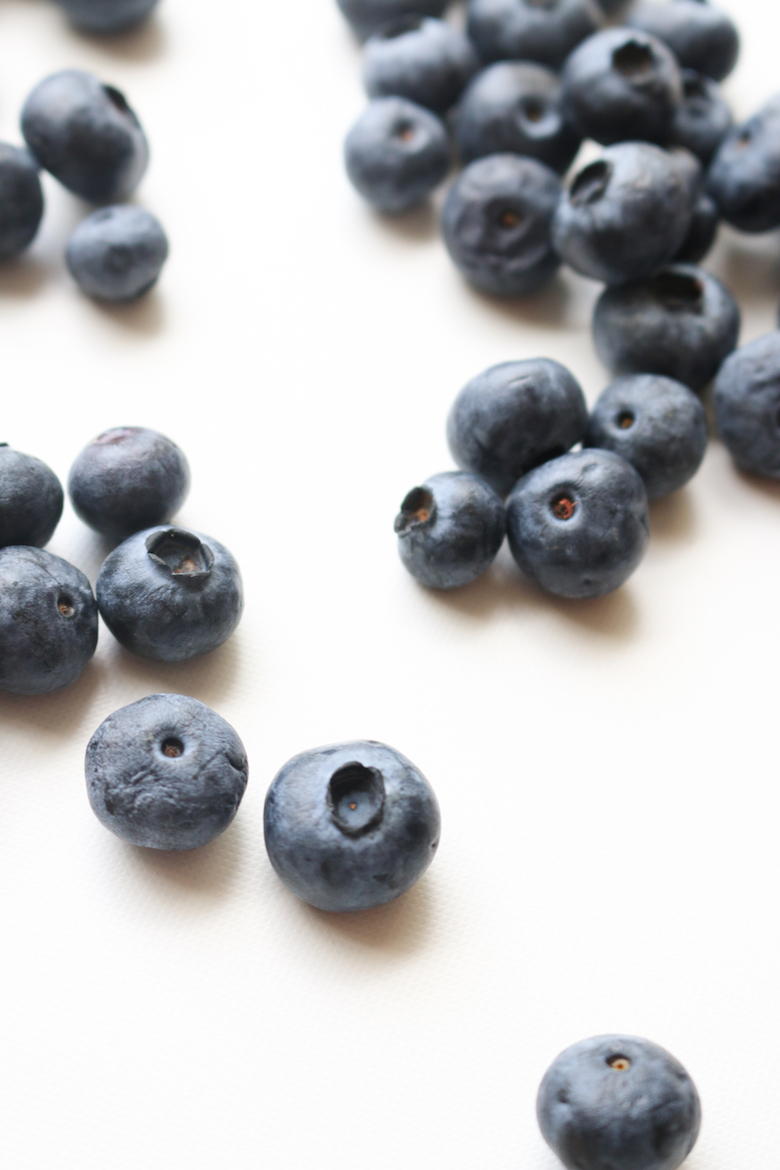
-
HOW TO STORE
When storing blueberries it’s best to keep them refrigerated, unwashed, in a rigid container covered with a paper towel or plastic wrap. They should last up to two weeks if they are freshly picked. Water on fresh blueberries promotes the deterioration process, so do not wash before refrigerating, and avoid those at your grocers that are exposed to those mist sprayers used to keep greens fresh. Blueberries are highly perishable so do try to use them as soon as possible.
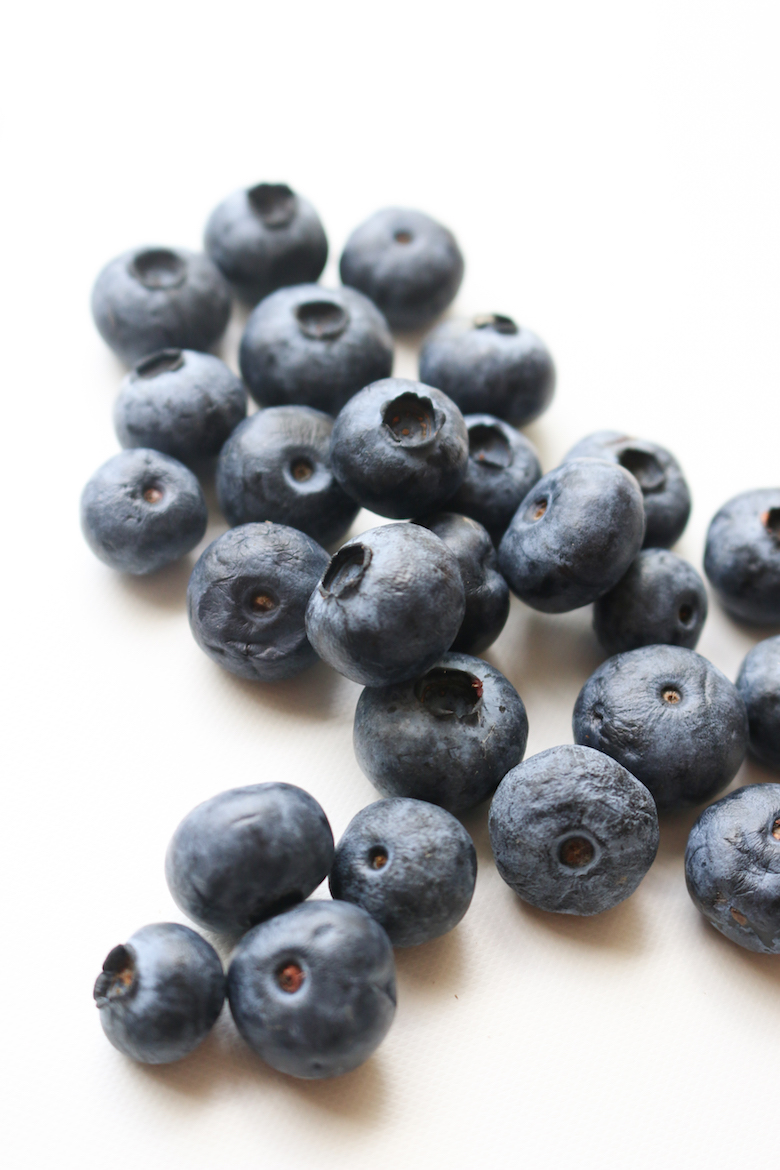
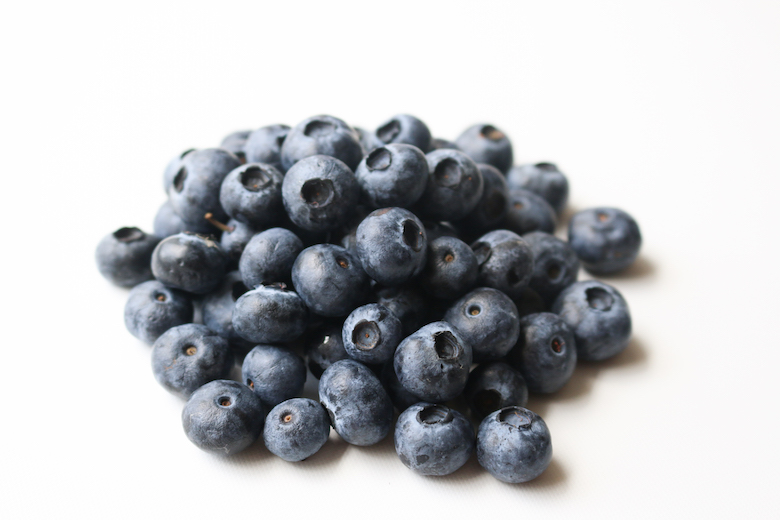
-
HOW TO PREPARE
When preparing be sure to wash blueberries in cold water before using. Toss them into salads and smoothies or use them in your favorite dessert. Blueberries are an excellent candidate for freezing. After thawing, they are only slightly less bright and juicy than in their original harvest state. Do not wash them before freezing as the water will cause the skins to become tough. Rinse after thawing and before eating.
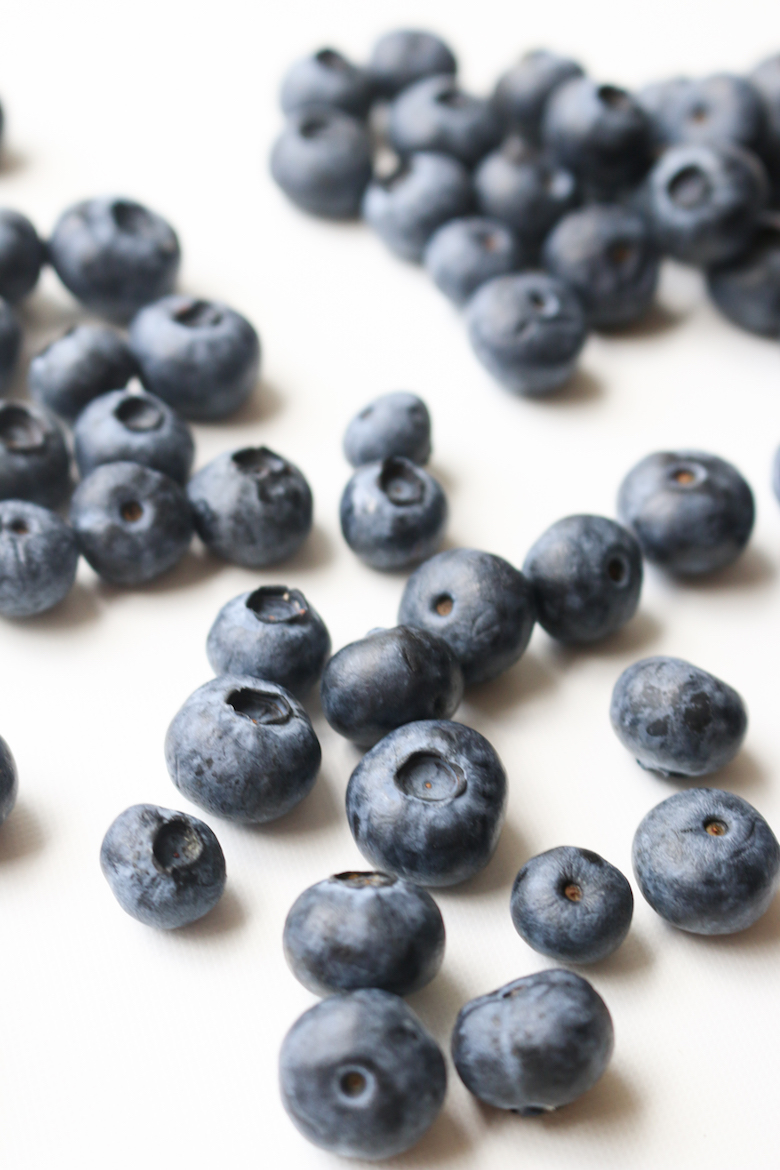
-
BLUEBERRY RECIPES
Looking for more ways to use your blueberries? Check out some of our favorite recipes here!
WHAT’S YOUR FAV?
What ingredient do you guys want to learn more about? And if you have a favorite way to eat blueberries, tag @livesimplynatural or #livesimplynatural so the LSN community can get inspired by your dish too :)
Hugs,


